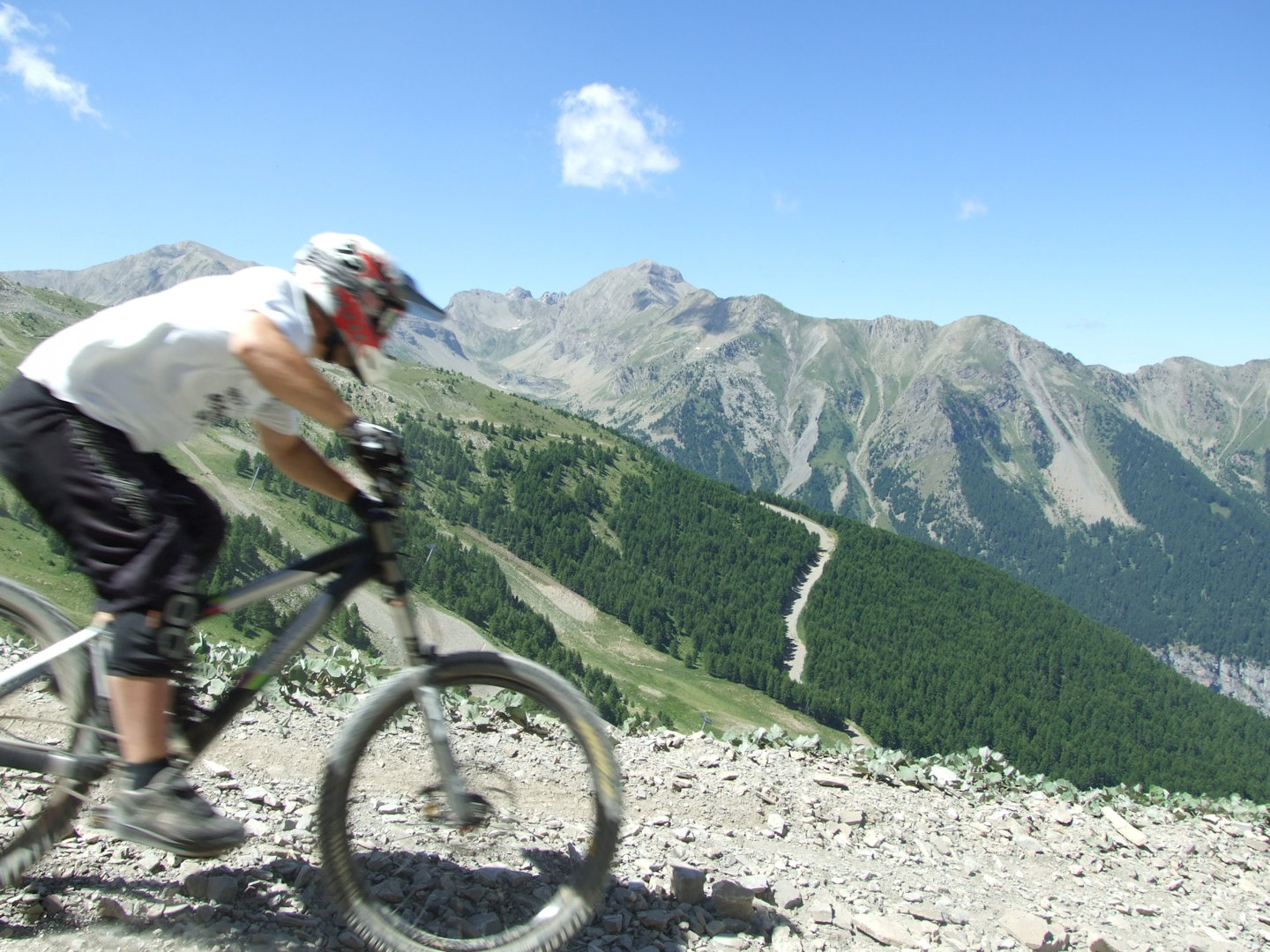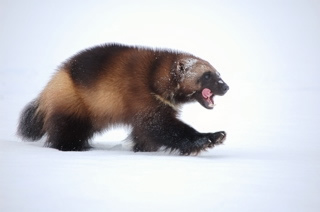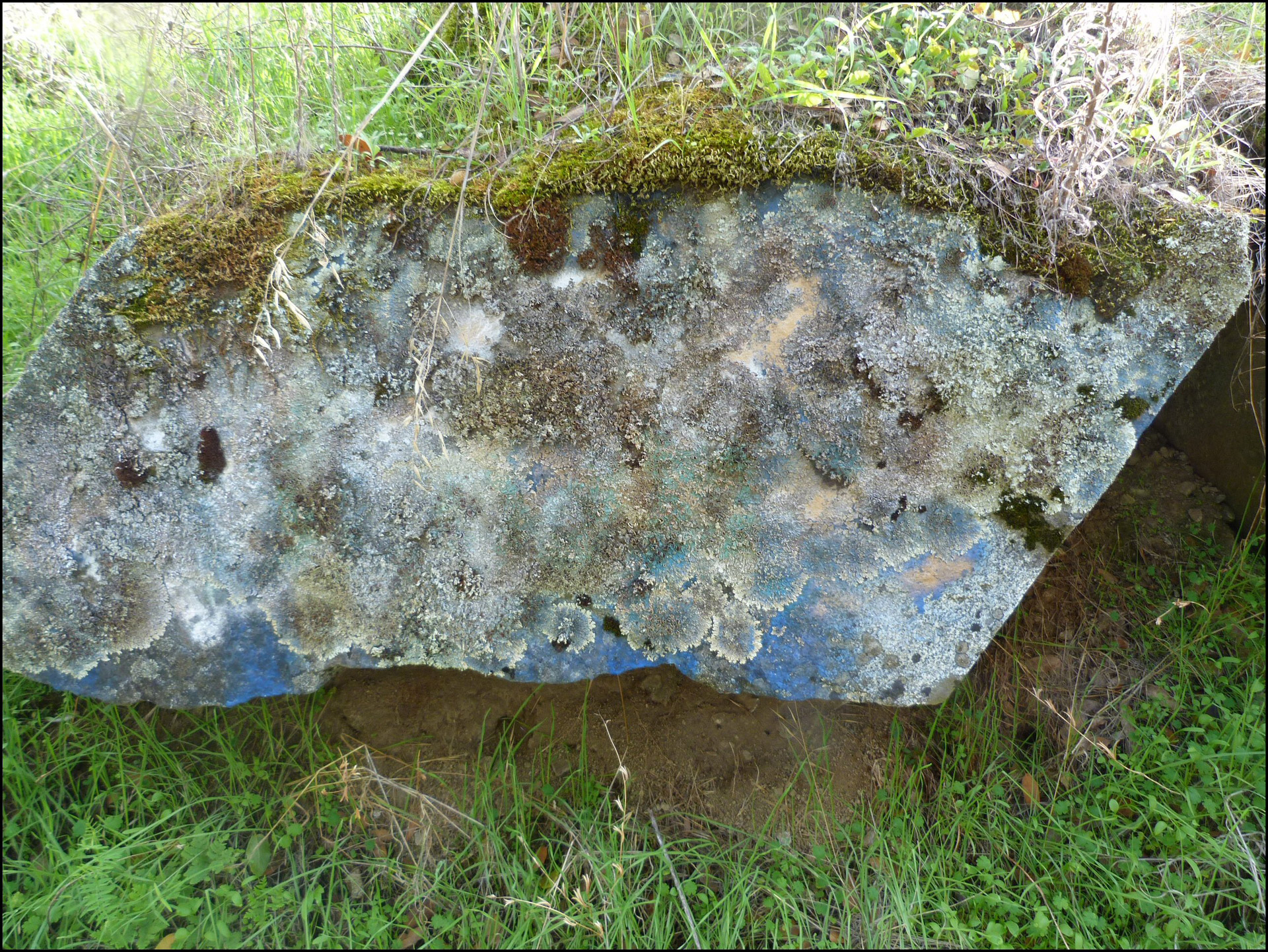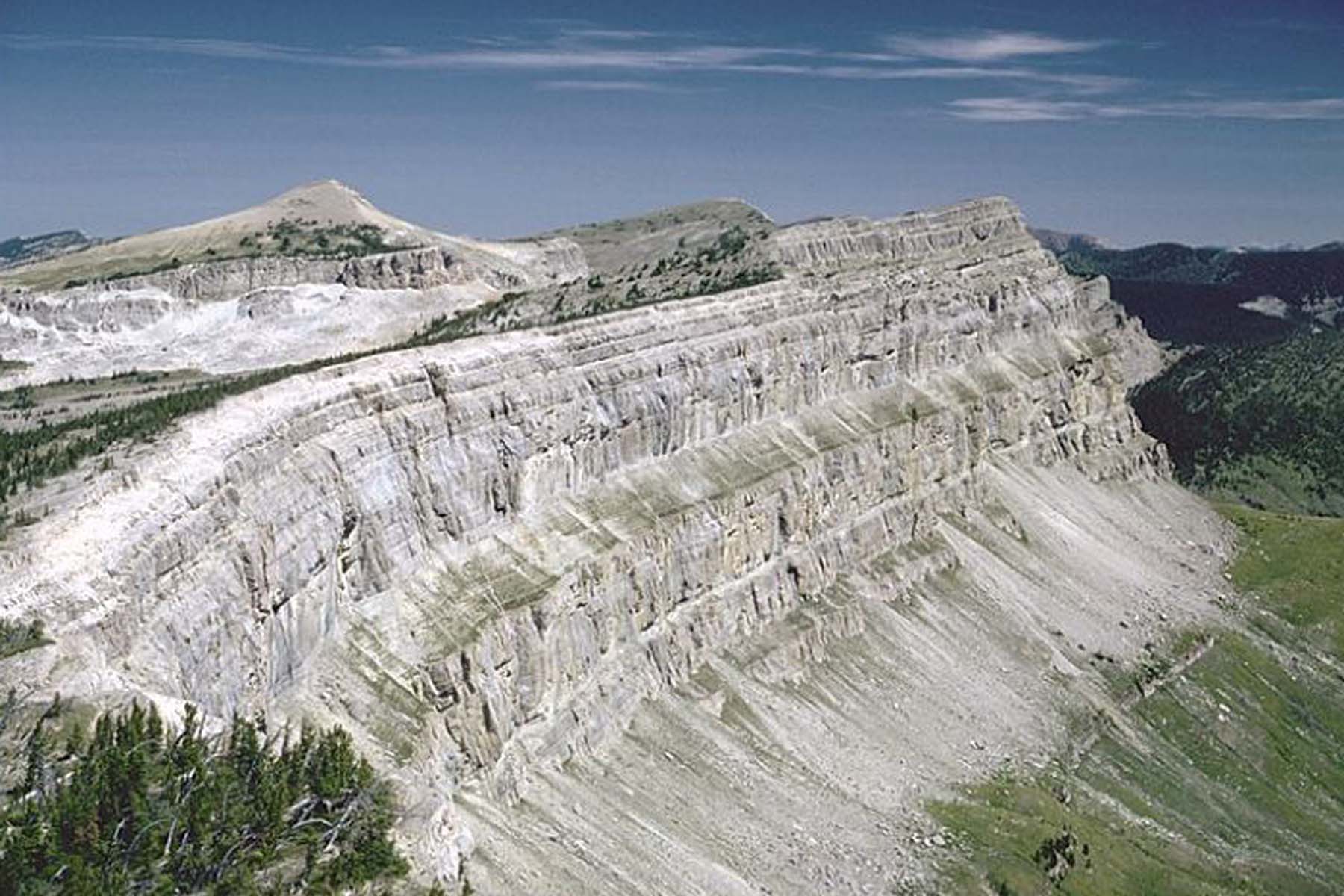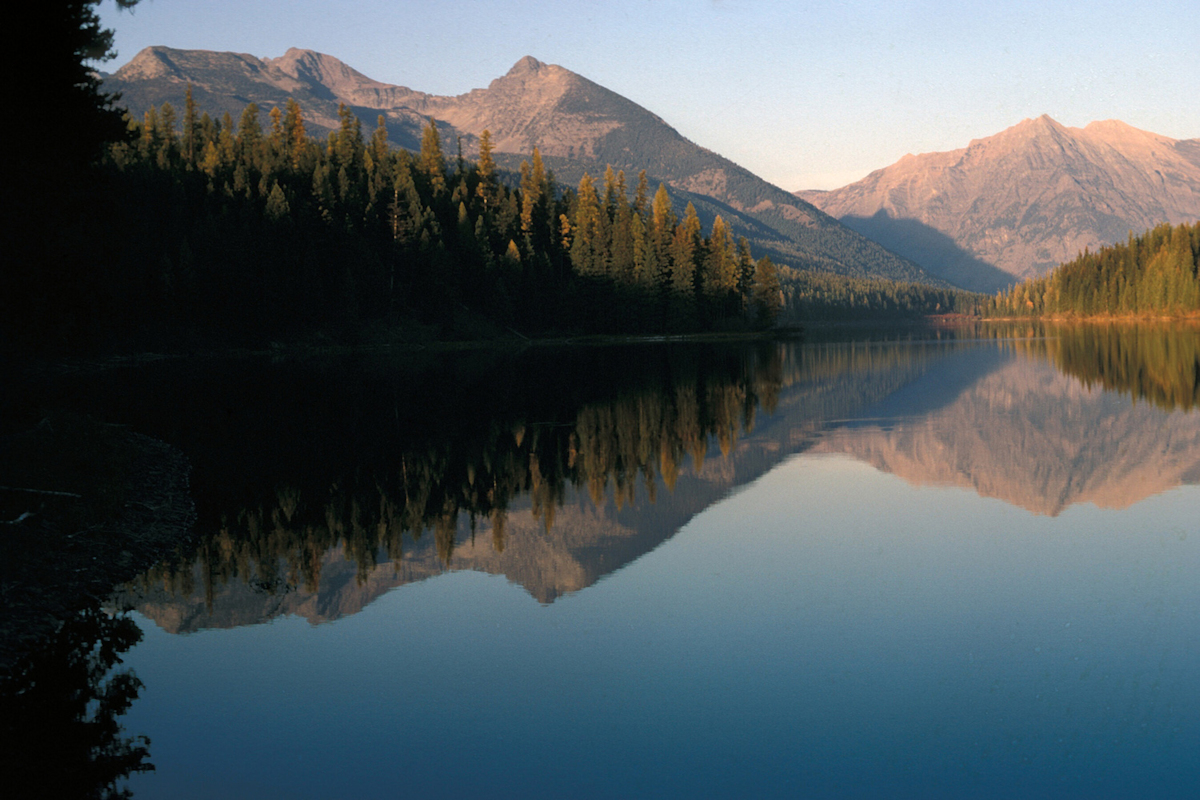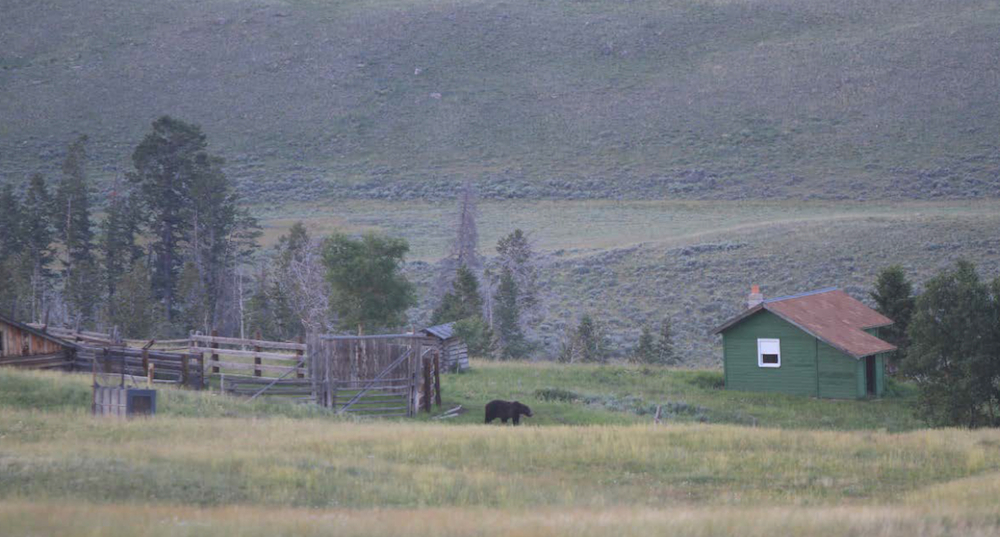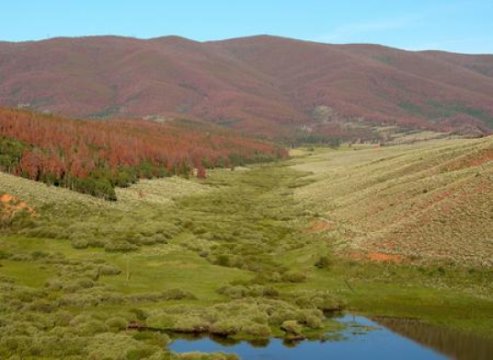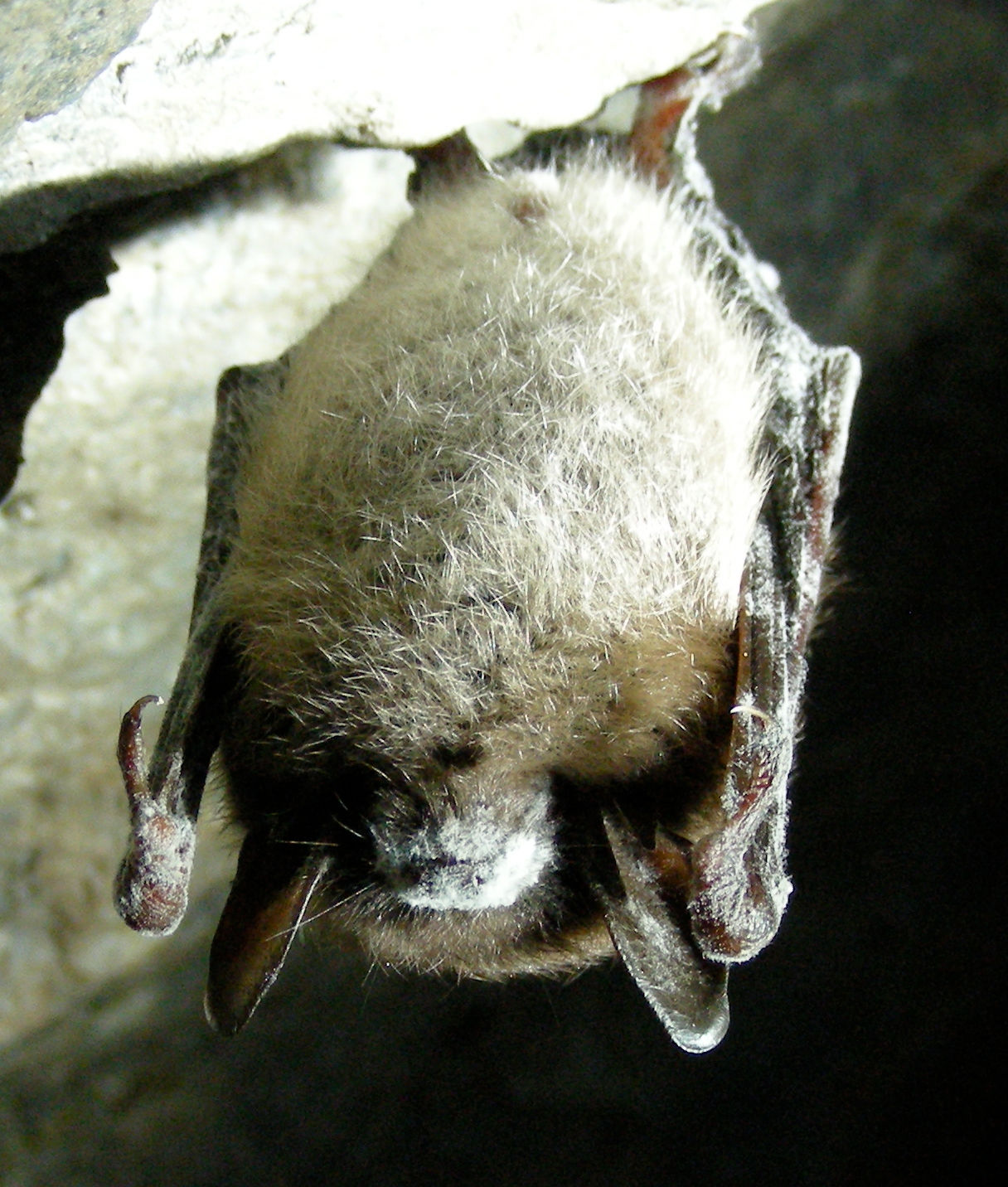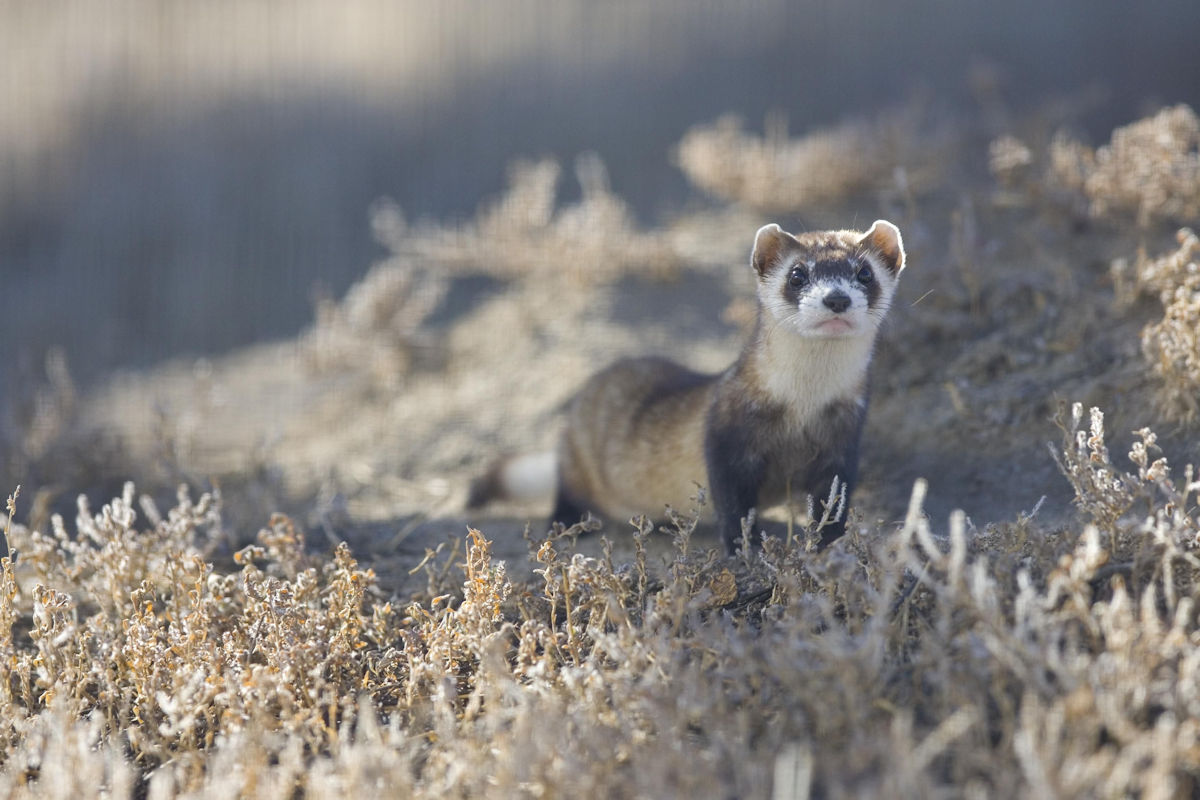
Here’s more news regarding the ongoing effort to restore the black-footed ferret population . . .
A nocturnal species of weasel with a robber-mask-like marking across its eyes has returned to the remote ranchlands of western Wyoming where the critter almost went extinct more than 30 years ago.
Wildlife officials on Tuesday released 35 black-footed ferrets on two ranches near Meeteetse, a tiny cattle ranching community 50 miles east of Yellowstone National Park. Black-footed ferrets, generally solitary animals, were let loose individually over a wide area.
Groups of ferret releasers fanned out over prairie dog colonies covering several thousand acres of the Lazy BV and Pitchfork ranches. Black-footed ferrets co-exist with prairie dogs, living in their burrows and preying on them.
